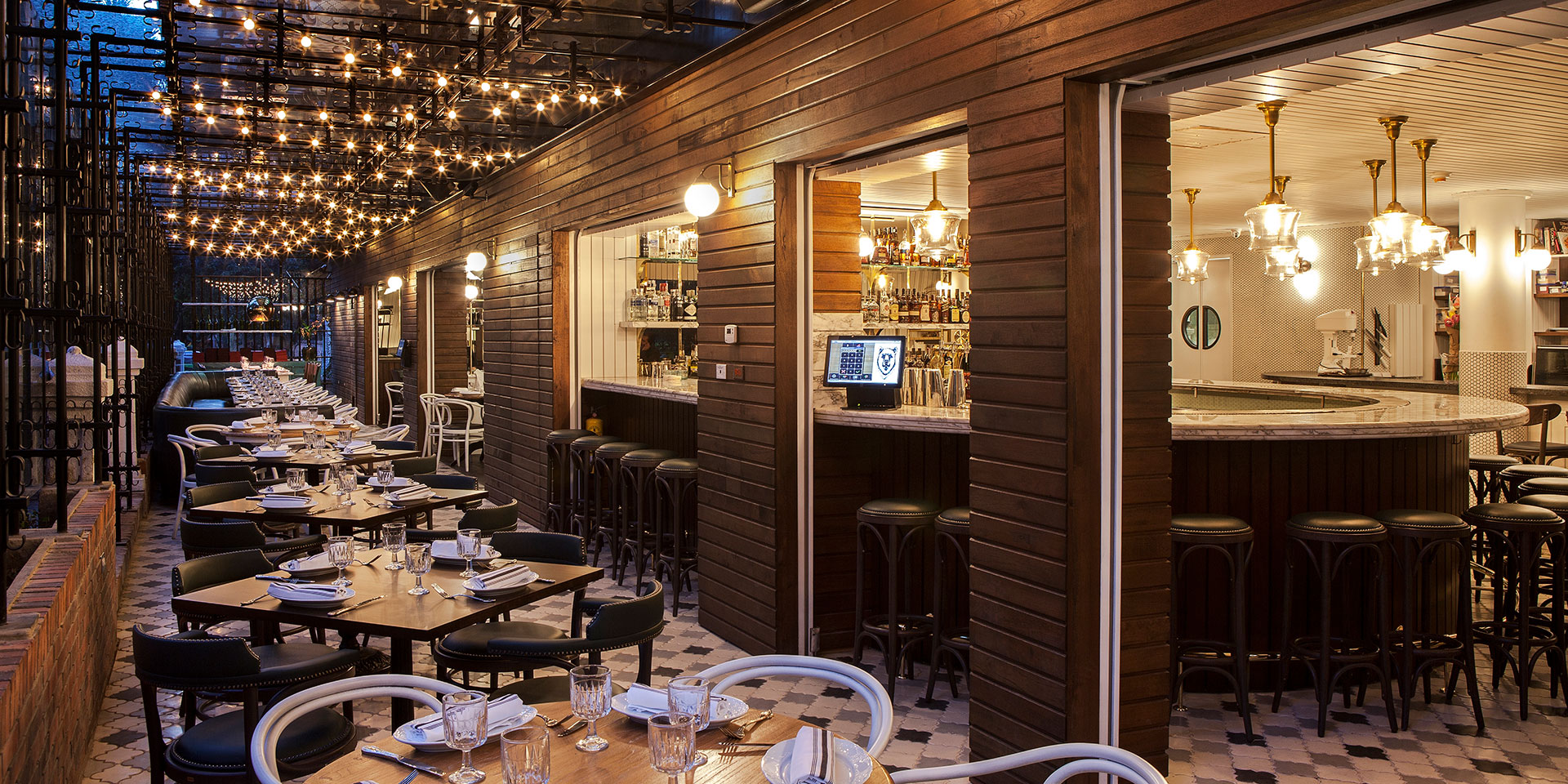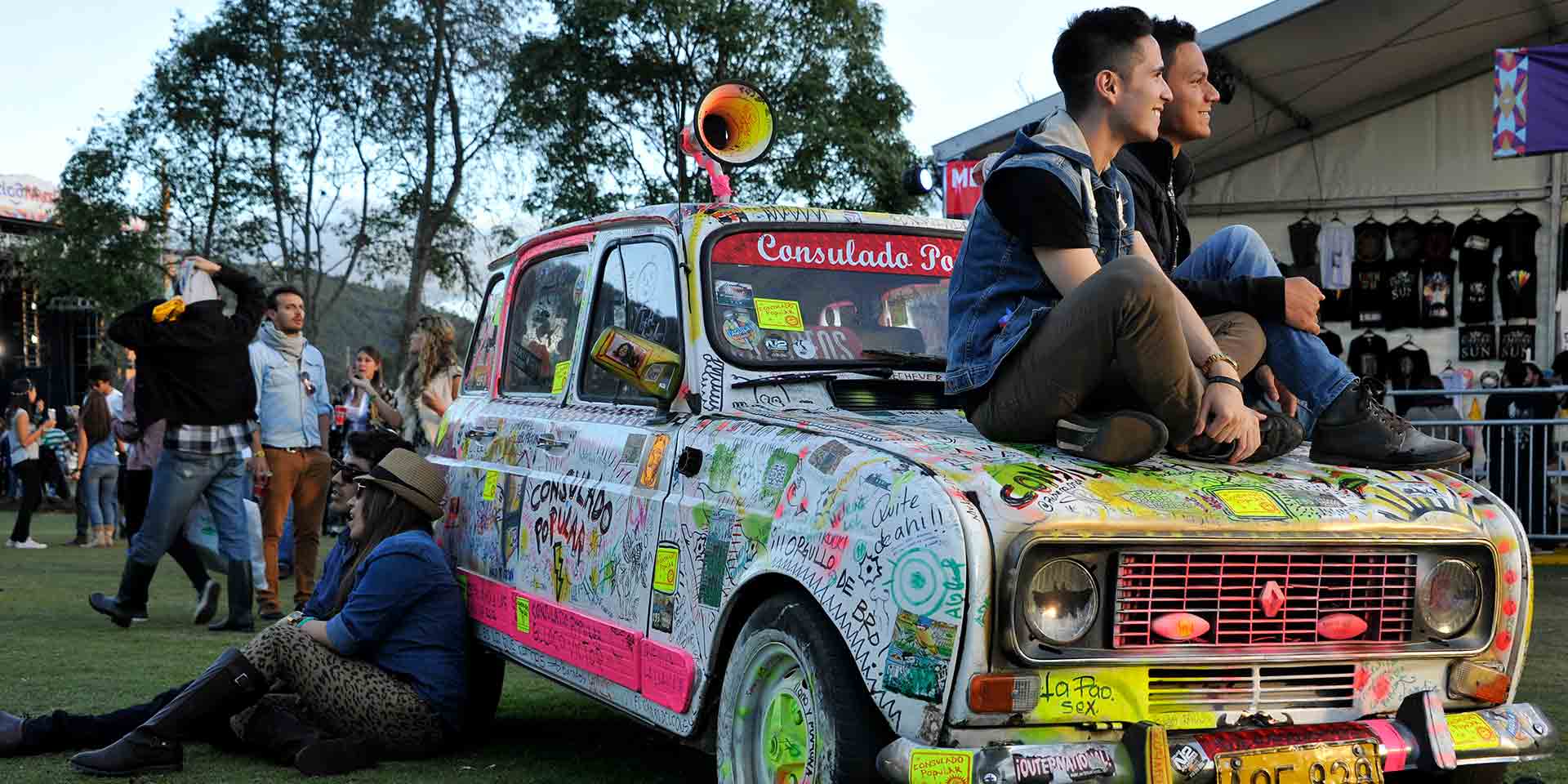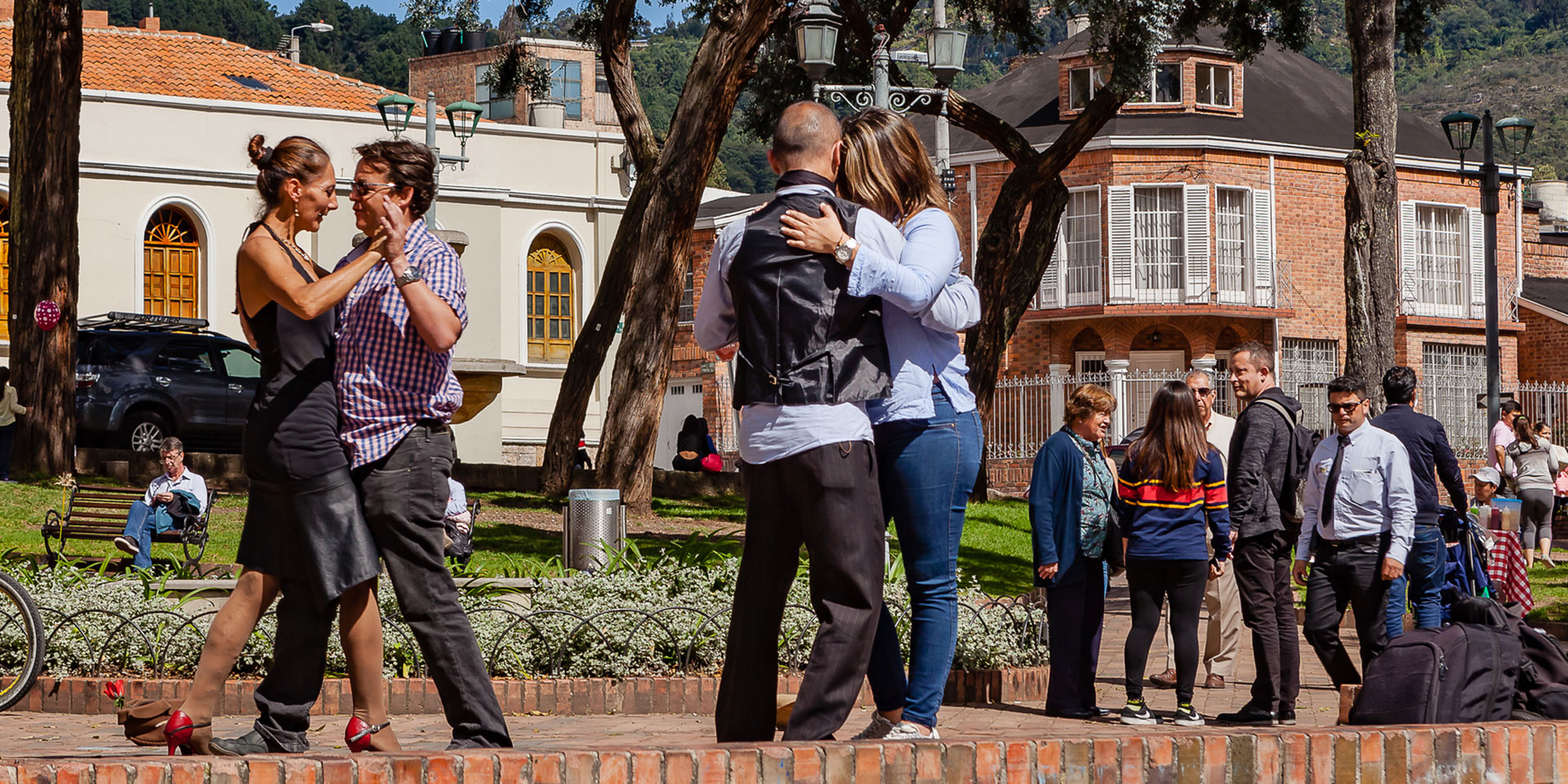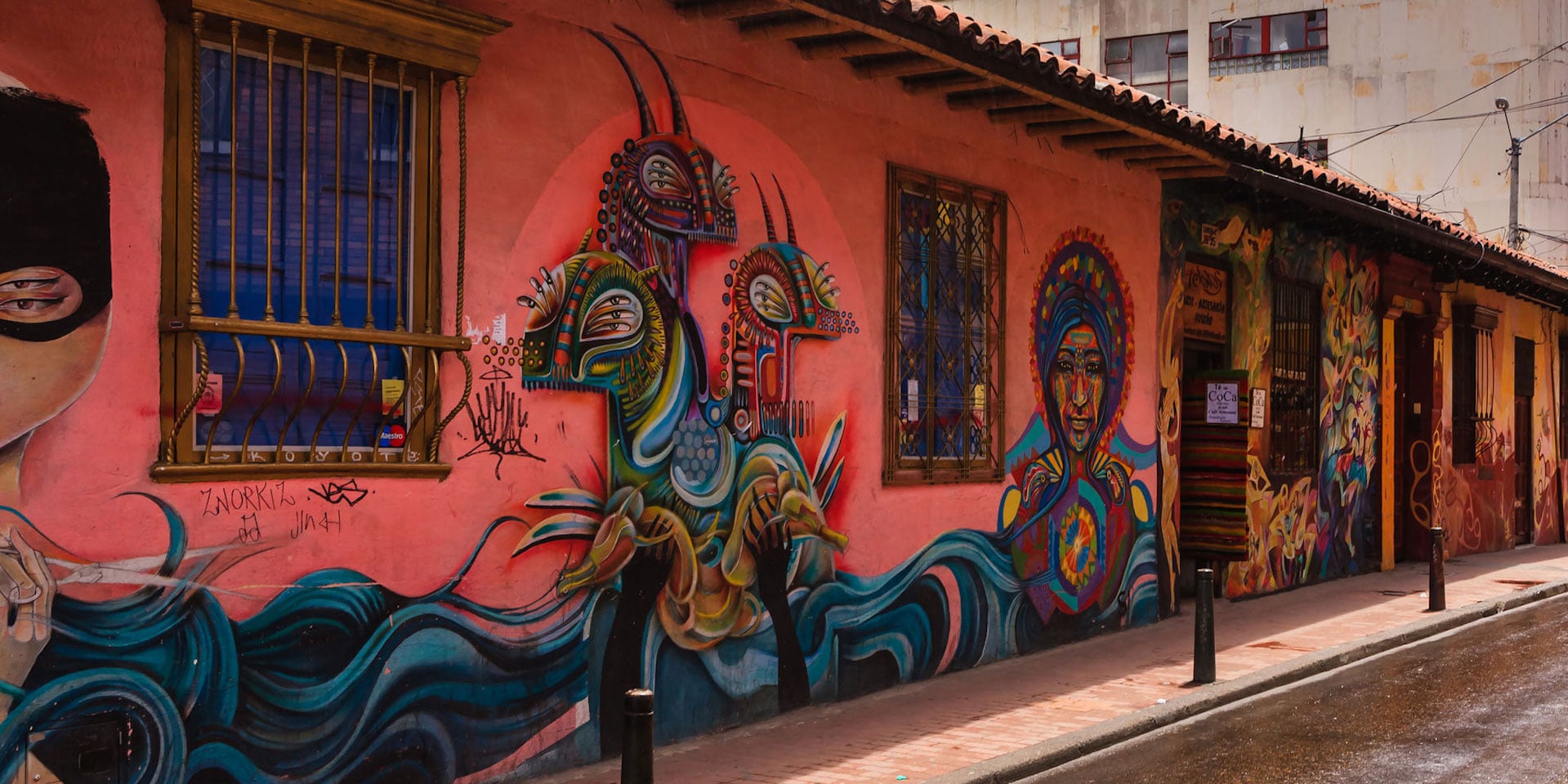
See the edgy and creative side of the city of Bogota. (Photo: Getty Images)
BogotaDive into Bogotá’s Street Art Scene
By Richard McCollAt street level, Bogotá possesses a distinctly DIY appeal, an ambiance of change being propagated by a new generation. While this undercurrent may feel noisome like punk, it’s the graffiti on display that catches the eye, making this city one of the world’s great centers for expressive street art.
If ever there was a city more suited to being “punk rock,” it would be Bogotá, with her haphazard blend of social cliques, political motivations and variety of architectural styles, all of which provide an ideal canvas for some of the most poignant graffiti murals found in South America.
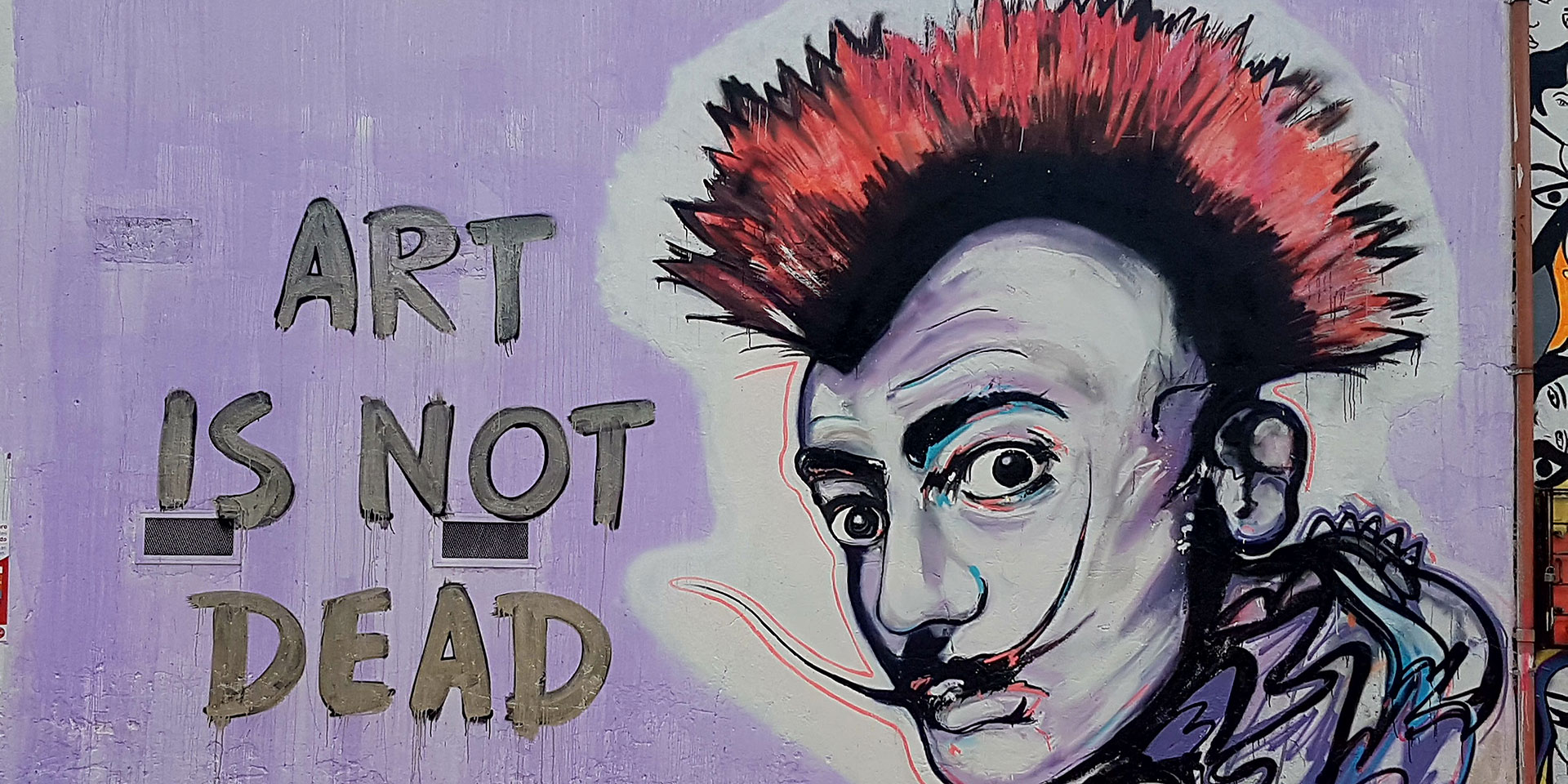
Bogotá is often referred to as the “Athens of South America” and “2600m closer to the stars” by intellectuals and academics, due to her well-educated citizenry and the lofty altitude of the city. Want to plunge into another world of discord and hope? Then take a stroll through the downtown colonial neighborhood of La Candelaria or a drive down the infamous and brutalist Calle 26 en route to the El Dorado airport to take in the urban artwork.
Perhaps the messages displayed up on high overlooking the rooftops and city divisions are not clear to visitors who aren’t familiar with Colombia’s turbulent politics, but this can be quickly remedied by signing up for the highly-rated “graffiti tour” which, led by the street artists themselves, aims to educate visitors about the capital in a way that Netflix’s popular “Narcos” series cannot.
To take a step back and really look at this city is to examine the dirt beneath her nails, to trip on the uneven and cracked pavement, to breathe in the dark fumes from the buses and to feel yourself snarling, all the while being watched over vigilantly by the city’s huge murals, cleverly political stencils and paste-ups.
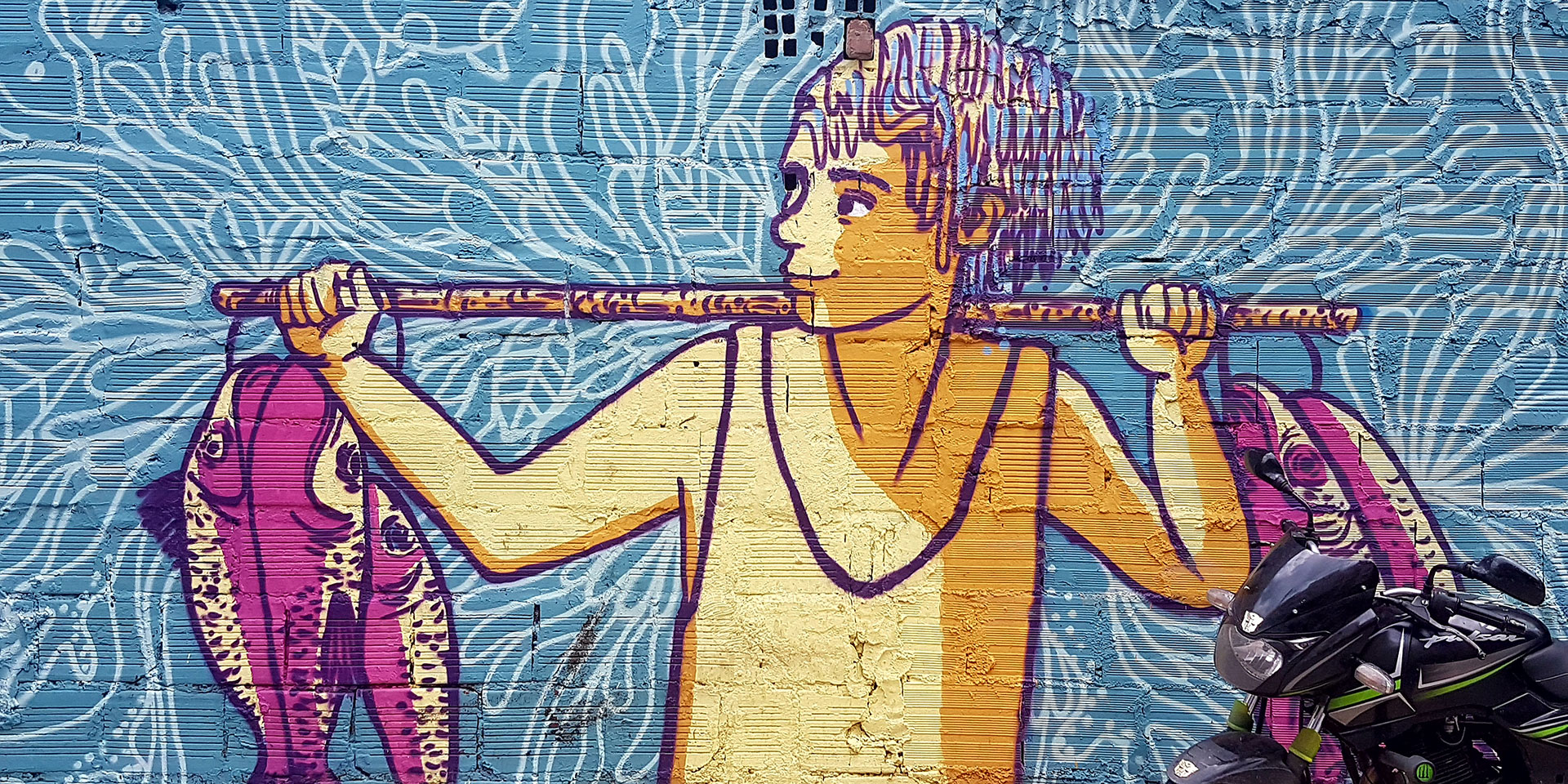
Your guides on the graffiti tour remain philosophical about their work and its longevity, and opinions are divided among the artists regarding the “legality” of where they work and with whose permission. Previously, urban art was illegal in Bogotá. Now, it’s simply “prohibited,” which may seem confusing and indeed contradictory, but, it means that the authorities can have the final say in where artists can paint.
One wonders what local artists such DjLu, Guache, Erre, Lesivo Bestial, Ledania and Ceroker (and the estimated 8,000 street artists of Bogotá) make of such measures to control where they work and perhaps mute the rebellion and protests in their compositions. Whatever the case, it seems that the voices from an underground movement have transferred to the mainstream, on glorious display for both locals in the know and enthusiastic visitors alike.





